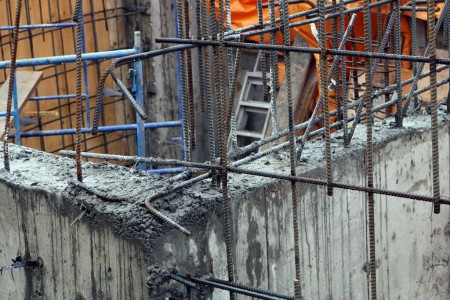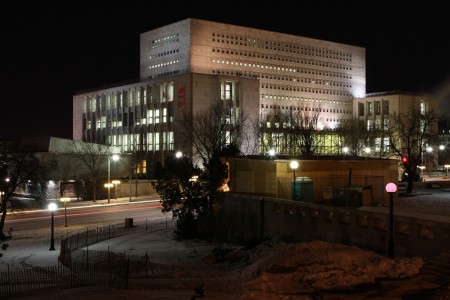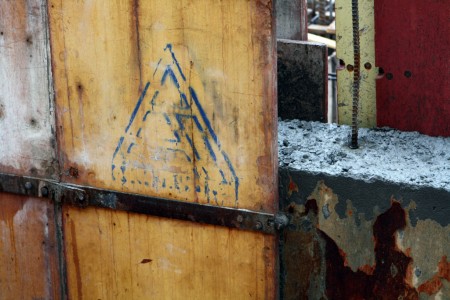Yesterday night, I had an interesting conversation about energy, fossil fuels, agriculture, and human population. The key fact is that global agriculture is now deeply dependent on fossil fuels. They are needed for everything from running industrial farming equipment to producing fertilizer to operating the vast logistical networks through which food is processed and distributed. The key question is, what will the ramifications be when we inevitably transition from a global energy system based on fossil fuels to one based on renewable sources?
The transition is indeed inevitable, though it could happen in either of two ways. Either we can voluntarily cut back on using fossil fuels due to well-founded concerns about climate change – and awareness of the opportunities that exist in renewable energy – or we will draw down reserves to the point where it takes more energy to extract one calorie worth of fossil fuel than the fuel contains.
So, what might the post-fossil-fuel world look like? To get one idea, we can consider the world as it existed before the Industrial Revolution brought about large-scale fossil fuel use. Back in 1500, there were about half a billion people alive on Earth. The energy they relied upon was overwhelmingly from renewable sources, such as the embedded solar energy in plants. It seems plausible that returning to that kind of an energy system would return the planet’s capability of sustaining human beings to about the level that existed then: a bit higher, perhaps, because people now live in more places, and a bit lower, perhaps, because of the damage we have caused to the planet in various ways.
For an alternative, we need to consider an enhanced renewable-backed future that includes clever approaches to harnessing renewable sources of energy: solar, wind, wave, geothermal, etc. It seems to me that if we are going to have a world that does not use fossil fuels and which sustains something like as many billions as are alive now (to say nothing of in 2050 or later), such technologies are going to need to be deployed on massive scale and the world’s agricultural systems will need to be adapted to rely on them.
Fossil fuels have been an enormous energy boon for humanity. Quite possibly, they have allowed us to far overshoot where we would otherwise have been, in terms of energy use and population. Quite possibly, both of those will need to fall substantially in a post-fossil-fuel world. If there is any chance of that not taking place, it will depend on the massive deployment of the kind of advanced renewables that are already technologically feasible. That deployment will take dedication, foresight, financing, and energy. Indeed, there is surely no better use for whatever proportion of the world’s remaining fossil fuels we choose to burn than in making the solar and wind farms that will need to form most of the future energy basis for all human civilization.






